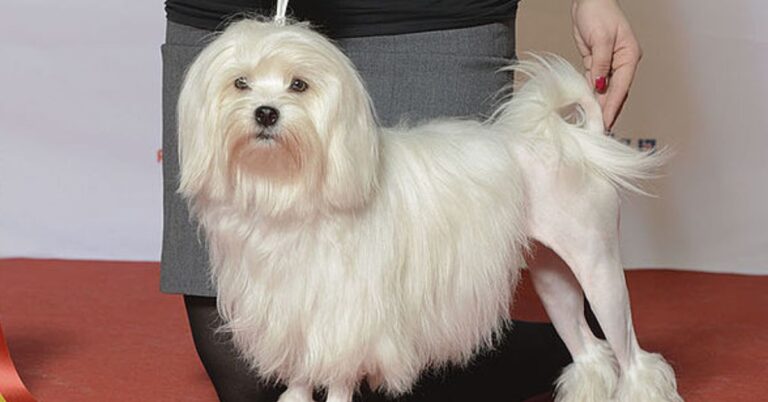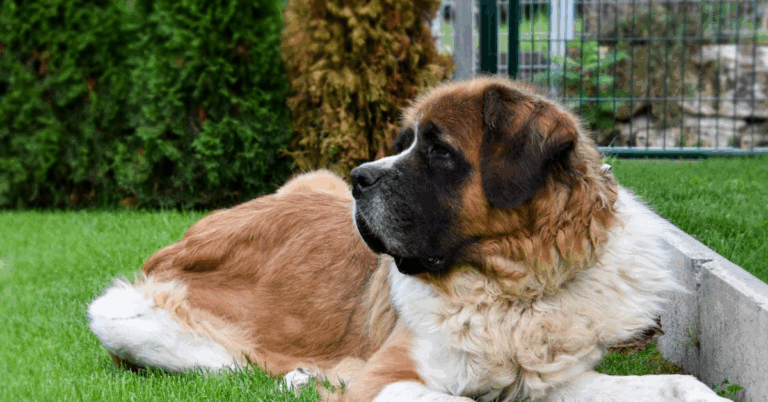10 Loyal Dog Breeds That Protected Ancient Civilizations
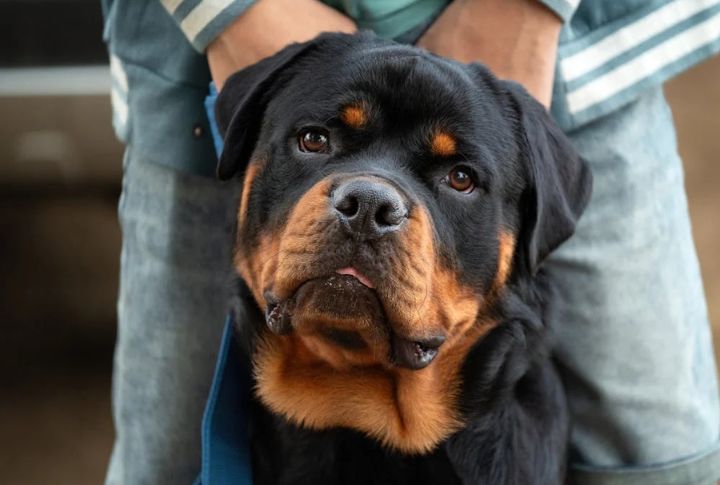
Throughout history, dogs have been revered as loyal companions and fierce protectors of human settlements. Their natural instincts, sharp senses, and immense loyalty made them ideal guardians. Ancient civilizations recognized these skills and employed various breeds to defend royal families and livestock. Here are 10 ancient dog breeds that were used for these purposes.
Mastiff
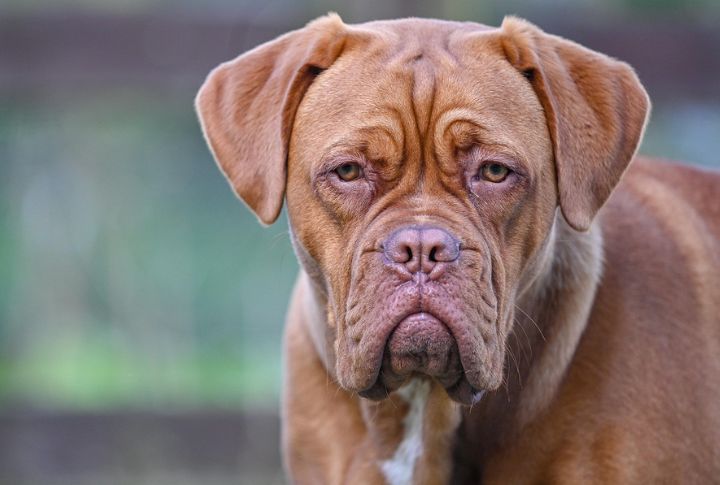
Mastiffs were used as formidable protectors in ancient civilizations. The Roman Empire, in particular, utilized these dogs as war dogs during battles and to guard important sites, such as villas and fortresses. Their size and strength made them an imposing presence on the battlefield. During the medieval period, they continued to serve as guardians of castles and estates.
Alano Espanol
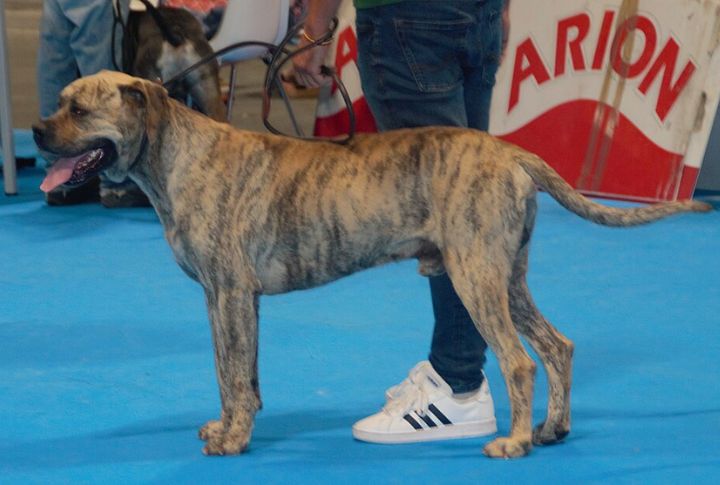
This Spanish breed played a key protective role during the Middle Ages. Spanish nobles relied on these dogs to guard their estates, especially in the kingdom of Castile. In the 15th and 16th centuries, they also served as guardians for royal cattle. Beyond that, they helped fend off wild animals during hunts and in the countryside.
Tibetan Mastiff

Nomadic tribes relied on the Tibetan Mastiff to guard their livestock from predators and protect their homes from thieves. Impressed by their strength and loyalty, Tibetan rulers also used them to safeguard royal estates and key territories. During turbulent times, like the 7th-century invasions, these dogs played a vital role in defending important strongholds.
Rhodesian Ridgeback
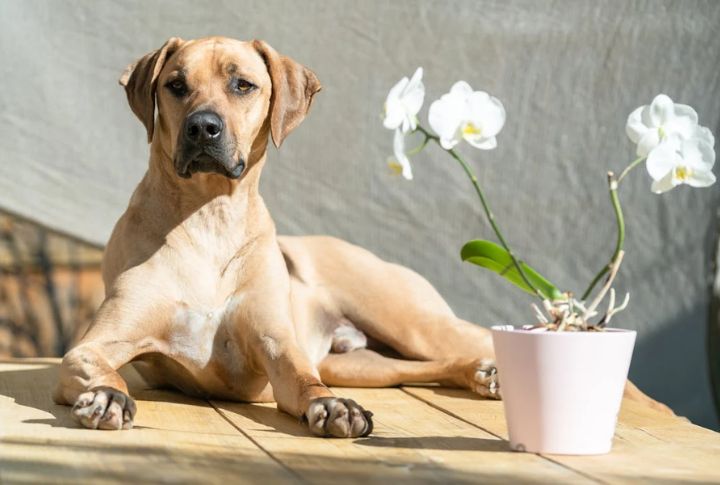
African indigenous tribes primarily used these dogs to defend villages from predators like lions and leopards. The breed’s ancestors were essential to defending the Khoikhoi tribes in southern Africa, guarding cattle and homes from raiders. European settlers also utilized the Rhodesian Ridgeback for both protection and hunting purposes.
Akita Inu
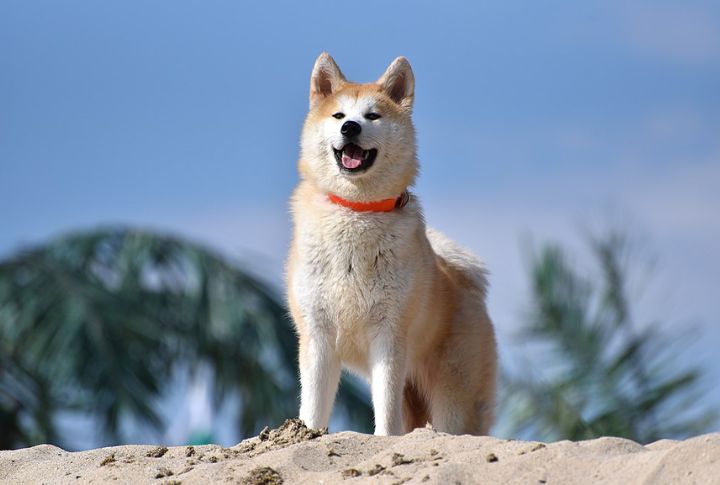
The Akita Inu is deeply ingrained in Japanese history. During the Edo period (1603-1868), the breed was used to guard the palaces and temples of Kyoto and Tokyo. Akitas were often tasked with protecting the homes of Japanese nobility, as their size and strength made them a formidable deterrent. Japanese aristocrats also employed them as hunting dogs.
Caucasian Shepherd Dog
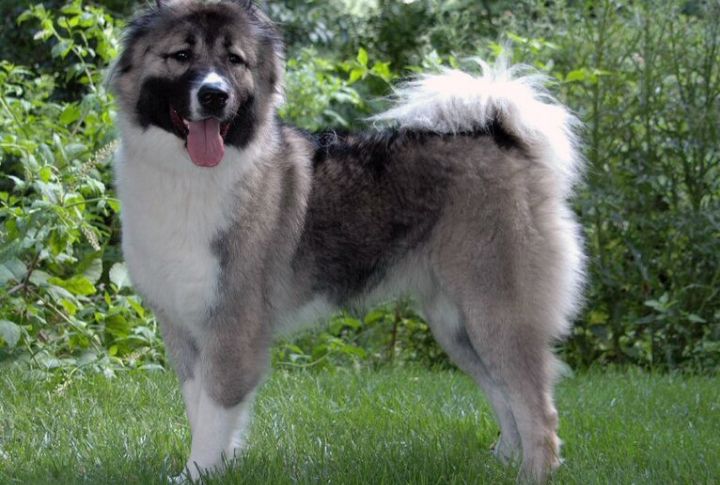
With a long history in the Caucasus Mountains, this breed was integral to defending ancient villages from invaders and marauders. Various civilizations, including the Armenians and Georgians, also used Caucasian shepherd dogs to guard their borders. During the Russo-Caucasian War, Caucasian Shepherd Dogs were employed by forces to guard military outposts.
Kangal
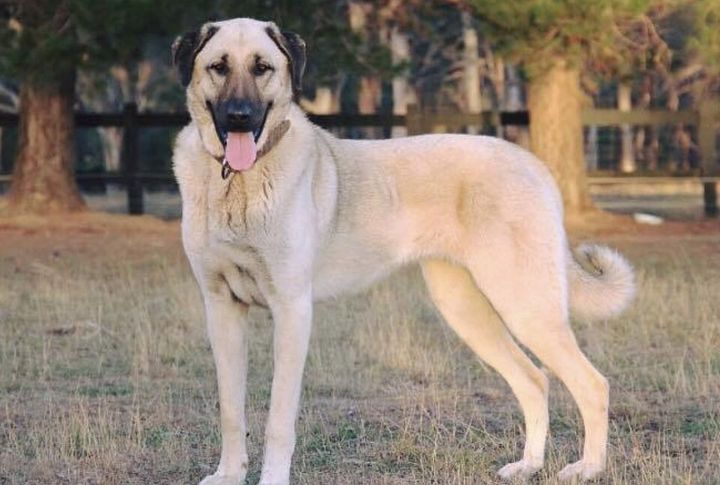
The Kangal is a Turkish guardian breed that has protected livestock and villages in Anatolia for centuries. The origins of Kangals predate even the Ottoman Empire; these dogs famously defended remote villages from wolves, jackals, and those who dared to intrude or attack. Their reputation as fierce protectors made them prized throughout the region.
Fila Brasileiro
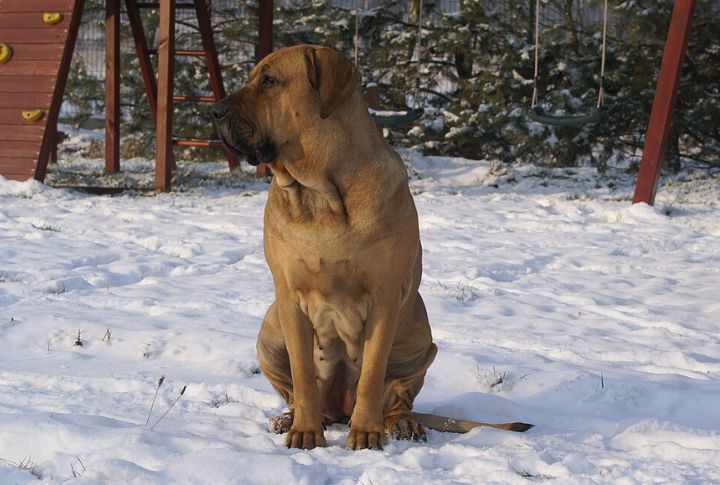
Originating in colonial Brazil, the Fila Brasileiro was developed to protect plantations and rural properties. Bred from European mastiffs and bloodhounds brought by Portuguese settlers, these dogs were used to guard against both intruders and wild predators. By the 17th and 18th centuries, they had earned a strong reputation for their tracking skills and guarding instincts.
Rottweiler
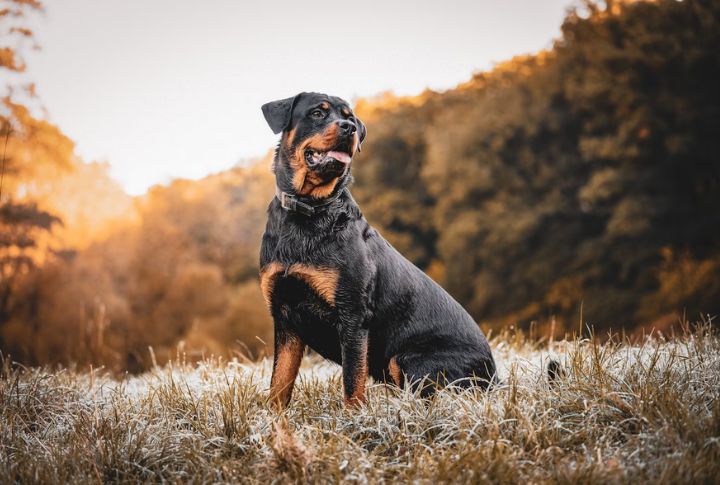
Rottweilers, originally bred in Germany for herding and guarding, were used by Roman soldiers to guard livestock and accompany them on long journeys. In medieval times, people employed Rottweilers as guard dogs for butchers, their shops, homes, and estates. Their powerful build, loyalty, and intelligence made them ideal for roles that required guarding people and property.
Molossus
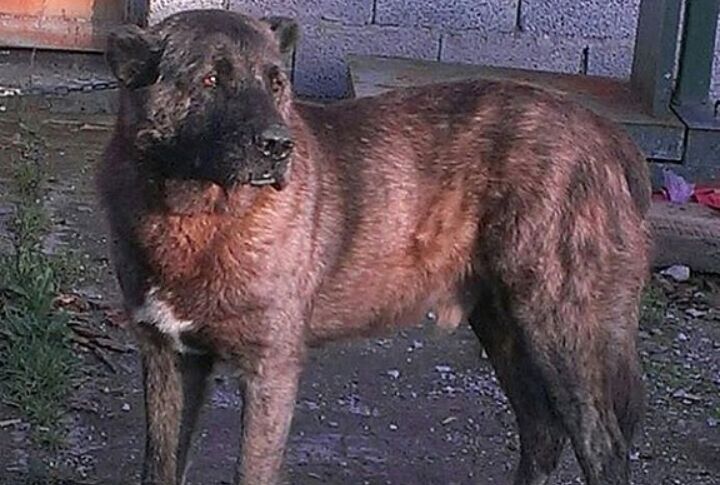
This dog was a famed protector in the ancient Greek and Roman worlds. Bred by the Molossians of Epirus—now part of modern Albania and Greece—they were trusted to guard cities, estates, and even marched into battle alongside Alexander the Great. Roman writings often praised their bravery, highlighting their role at forts and city gates.
